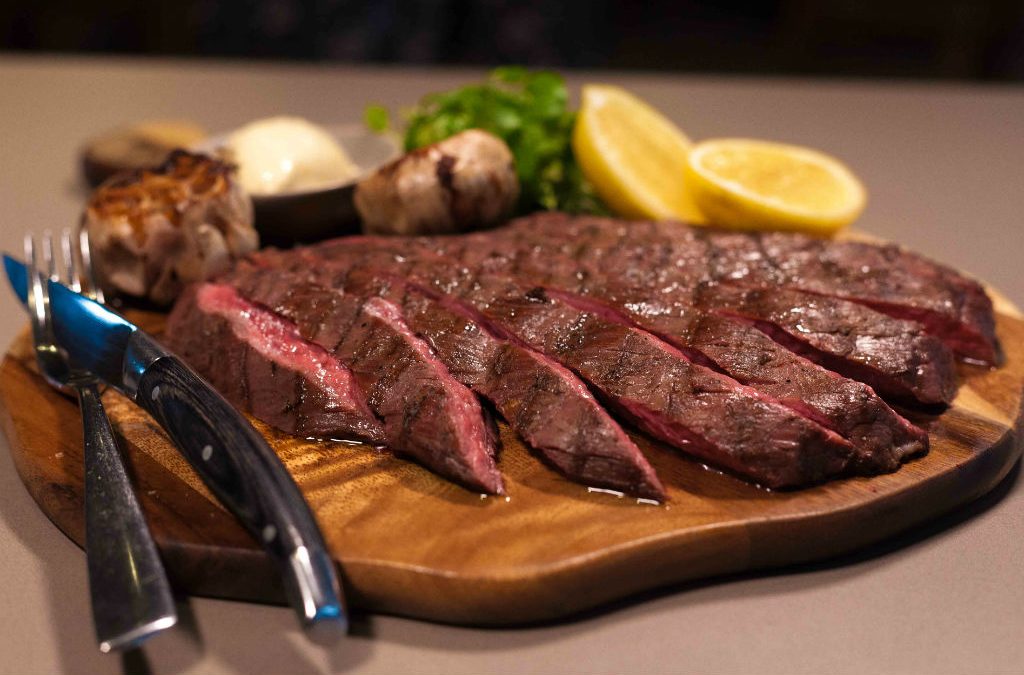By Gavin from Another Food Blogger
As someone who has been cooking for years, I have come to realise that not many people know the importance of resting meat.
All meat is better when rested, and not just red meat. I never used to rest pork up until a few years ago and only then did I realise what I had been missing out on for so long.
Meat and heat
When you cook meat the protein in it sets. Generally the softer it feels, the less cooked it is and vice versa. And cooking your steak to your liking is a skill that comes with time and a few overcooked dinners too.
While using a meat thermometer is accurate and takes the guesswork out of it, I feel there is something satisfying about being able to cook a steak perfectly by feel alone.
Does resting steak actually work?
If you cut straight into your beautiful piece of steak after cooking it it kind of defeats the purpose. The reason it needs to rest is because the juices need time to redistribute. Otherwise it will just flow away, leaving you with a brown, overcooked piece of meat.
Read next: How do you get the perfect crust on steak?
Another important thing to know is the residual heat will continue to cook your steak after you’ve removed it from the grill or the pan. So if your desired temperature is say 55ºC/130ºF, then it’s best to remove the meat a few degrees south of this. It will come up to the desired temperature during the resting period, giving you a perfectly cooked steak.
How long should you rest your beef?
It fully depends on the size of the cut of beef but as a guide, bigger roasts should rest for 10-20 minutes and your steak should breathe for at least five minutes. But experiment with what works the best and you’ll be cooking mouth-watering, juicy steaks in no time.
Read next: Why you should never cook a steak that has come straight out of the fridge
This article was first published on 23 July 2018 and updated on 22 June 2021.

